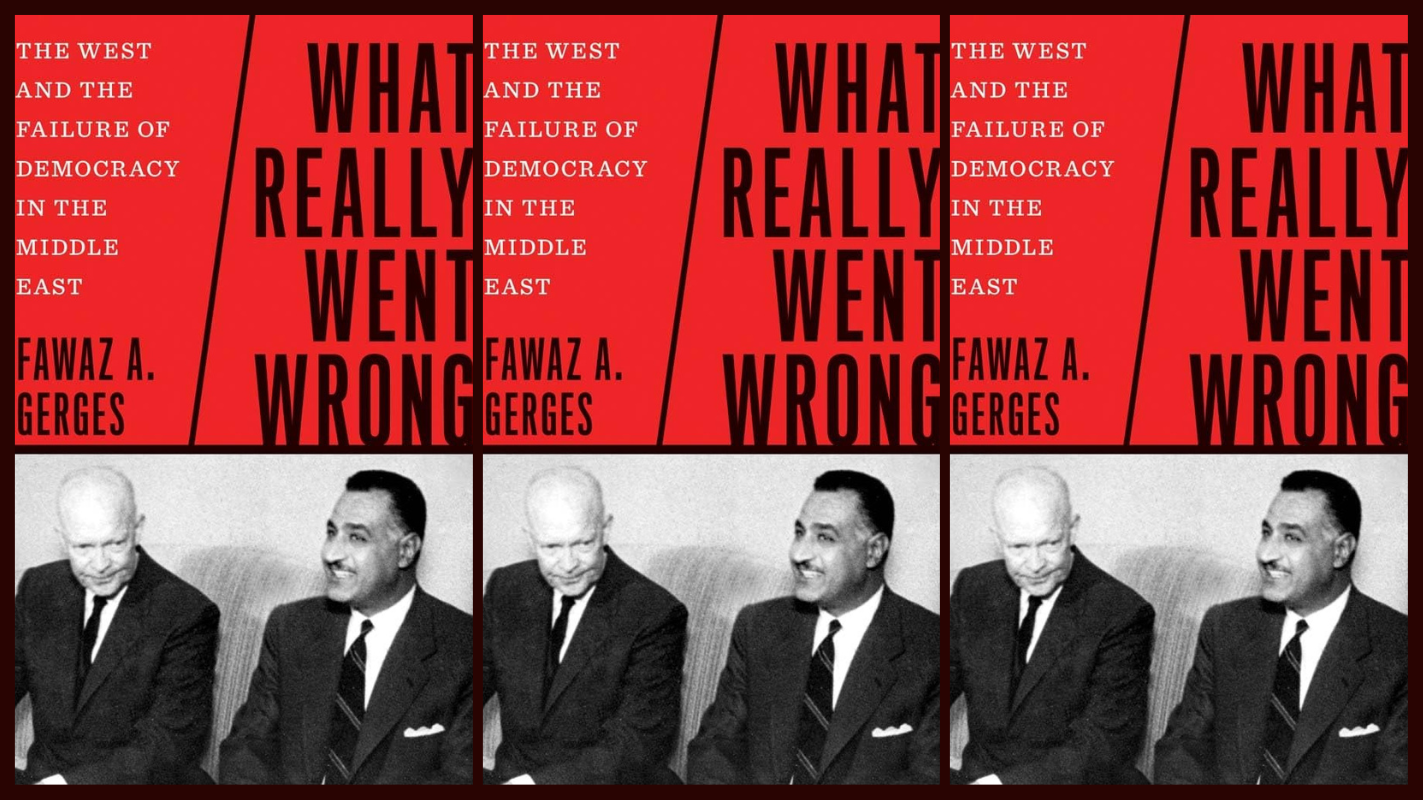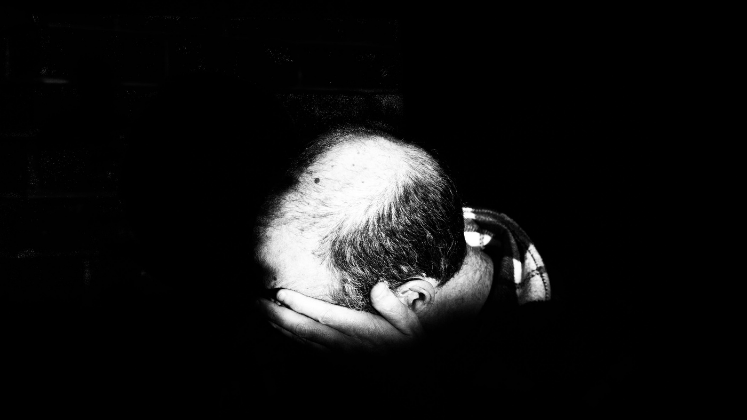In The Divine Economy, Paul Seabright examines how faith shapes modern societies and economies, recognising the resilience and inclusivity fostered by religious communities. Taking an interdisciplinary approach, the book suggests that learning from religious structures can help us move beyond narrow, decontextualised economic models to solve the urgent problems we face, writes Atul K. Shah.
Paul Seabright launched the book at an LSE event in May. Watch it back on YouTube.
 In a recent IMF bulletin, Nobel laureate and Princeton Professor Angus Deaton and eminent Indian economist Professor Jayati Ghosh lament the dismal state of economic science today. They argue that its theories and statistical methods remove so much from lived reality and the deep inequalities and environmental anxieties of modernity. Economic models and experiments often abstract truth and misrepresent reality without gathering any wisdom – there is little interdisciplinary or qualitative research in the field. Instead, there is an obsession with efficiency and a denial of diversity, human rights and political power. Through their scientific and intellectual credentials, economists exacerbate the challenges for billions of people, animals and other living beings on the planet. We urgently need radical change in the science, and universities can be very conservative and slow to respond in spite of the planetary poly-crises.
In a recent IMF bulletin, Nobel laureate and Princeton Professor Angus Deaton and eminent Indian economist Professor Jayati Ghosh lament the dismal state of economic science today. They argue that its theories and statistical methods remove so much from lived reality and the deep inequalities and environmental anxieties of modernity. Economic models and experiments often abstract truth and misrepresent reality without gathering any wisdom – there is little interdisciplinary or qualitative research in the field. Instead, there is an obsession with efficiency and a denial of diversity, human rights and political power. Through their scientific and intellectual credentials, economists exacerbate the challenges for billions of people, animals and other living beings on the planet. We urgently need radical change in the science, and universities can be very conservative and slow to respond in spite of the planetary poly-crises.
Reading The Divine Economy by multi-disciplinary economist Paul Seabright blew a breath of fresh air into this depressing landscape. The focus is on religion and its widespread and resilient influence on global society, a theme which secular economists routinely ignore. Its approach is plural, inter-disciplinary and inclusive of non-Abrahamic faiths, something which is rare to find today in one thesis. The book is organised in four parts – What does religion look like in the world today; How do religions gain their power; Religion and the uses of this power, and finally, a Conclusion – comprising fourteen well-written chapters.
The book’s central claim is that religious organisations enable people to belong to communities where they can learn from one another, find purpose and meaning in everyday life, develop lasting relationships and build personal resilience.
The book sees religious communities as “platforms” – “structures that bring individuals together in mutually beneficial relationships that those individuals cannot bring about on their own” (297). The research demonstrates the significant diversity of religious practice, and human adaptability in a competitive environment for religious membership. Its central claim is that religious organisations enable people to belong to communities where they can learn from one another, find purpose and meaning in everyday life, develop lasting relationships and build personal resilience.
Religiosity has been dynamic rather than static, and creative in response to the challenges of modernity
The Divine Economy draws from the insights of sociology, anthropology, psychology, political economy and philosophy to show the deep the effect of faith in everyday life and explains why religiosity has been dynamic rather than static, and creative in response to the challenges of modernity. It shows how the prediction that secularism would prevail in an age of science and reason has been proved wrong, precisely because religion provides people with meaning, purpose and community, which secularism alone often fails to deliver. For me, religion’s scope and challenge has been truly ambitious, and the book has risen to this through a structured organisation, beautiful narratives and accessible language, authoritative open-minded research, all compiled from decades of study of the economics of religion.
As a person of faith and a “critical” finance scholar, this perspective is very helpful to me and echoes with Daly and Cobb’s (1994) definition of “person-in-community” as a key to understanding an “economics for the common good”, an idea which Seabright explores in Chapter Eight. As Chief Economist at the World Bank, Herman Daly decried the ethical and environmental vacuity of economics decades ago, and with theologian John Cobb, presciently put morality at the centre of a new grounded, inclusive and sustainable economics.
For economists of faith, this book can provide the tools and language to make their science credible and rational at the same time. As Seabright asserts, the founding father of economics, Adam Smith was foremost a moral philosopher and a person of faith.
For too long, economics has tried to be individualist, universalist and context-free in its models and predictions, but context is the lived reality through which people and institutions operate, and this varies from one society to another in diverse ways. When the only shared guarantee in life is death, people have a need to belong and discover meaning. Seabright uses narrative and true stories from communities all over the world to show the wealth of social capital and financial wisdom that lies in the beliefs and practices of diverse faith groups. The Jains are a global diaspora belonging to one of the oldest living cultures of Ahimsa or reverence for all living beings, of whom I have written extensively – they have a deep understanding of the nature and limits of money. For economists of faith, this book can provide the tools and language to make their science credible and rational at the same time. As Seabright asserts, the founding father of economics, Adam Smith was foremost a moral philosopher and a person of faith.
The biggest problem with the religion economy is data and empirical evidence. In its essence, belief is highly subjective and personal, yet its power in terms of transforming leadership and character is profound. To ignore it just because it is not visible or measurable is misleading and dangerous. For example, any visitor or resident of India will see the huge ‘contented’ economy surrounding a temple or place of worship, with flower sellers, vegetable and fruit sellers, traders of religious clothing and objects, food and accommodation for travellers – the list goes on. Yet when I look at data on the size and scale of the religion economy in India, it is virtually absent. India’s secular higher education, combined with western bias of its economists, research evaluation criteria and text books has meant that Indian economists rarely study or teach this phenomenon.
Seabright meticulously documents and compiles the empirical evidence of religiosity, social capital and economic impact from a large number of studies from all over the world – the statistical appendix is twenty-two pages long.
Seabright meticulously documents and compiles the empirical evidence of religiosity, social capital and economic impact from a large number of studies from all over the world – the statistical appendix is twenty-two pages long. I salute him for this yeoman effort, and at the same time encourage economists to understand the limits of their data obsession and document different ways of calculating and measuring cultural capital. For example, the total number of temples, charitable organisations like schools, hospitals and community centres in India would easily be in the millions. Surely these institutions have a significant collective imprint on the non-violence, enterprising spirit, civic character and low crime levels of 1.5 billion people? Is ignorance of this evidence fair, just because it is not in the format of stock prices or economic trade? The Dharmic traditions are strongly anti-materialist and can help to show the world beyond India about sustainable economics through their scriptures, institutions, cultural leadership and a vibrant civic conscience.
The Divine Economy can be scientific and rational too, as the book amply demonstrates – it discusses business examples and demonstrates the organisational efficiency required to run large religious networks. It is not static and needs structure and creative organisation in order to compete effectively in the multi-polar world we occupy. Members and leaders can be creative and entrepreneurial, and help build communities of trust, which states often fail to accomplish on their own. I would have liked to see more on the influence of faith-based leaders in the economy and polity, in shaping the cultures of the organisations they lead, a significantly under-researched area. The book will appeal to people of faith who are keen to scientifically demonstrate the economic wisdom which helps them succeed, and to scholars interested in studying how religious principles help build moral, organisational and social capital.
Note: This review gives the views of the author and not the position of the LSE Review of Books blog, nor of the London School of Economics and Political Science.
Image credit: ChiccoDodiFC on Shutterstock.







